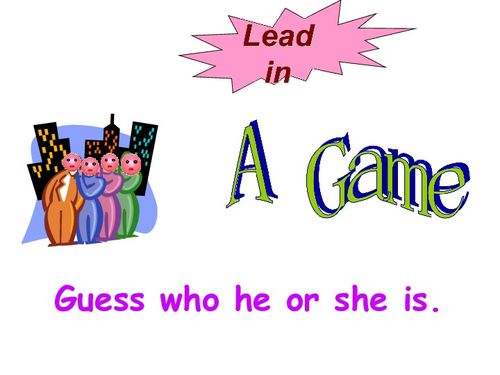Understanding Remorseful Feelings

Have you ever found yourself overwhelmed by a sense of remorse? Do you wonder how to express this complex emotion through your writing? Tones in writing remorseful feelings can be a powerful tool to convey the depth of your emotions. In this article, we will delve into the various dimensions of remorseful tones in writing, providing you with a comprehensive guide to expressing this intricate emotion effectively.
What is Remorse?

Remorse is a deep sense of regret and guilt over something you have done or failed to do. It is often accompanied by a desire to make amends and a recognition of the harm caused. Understanding the nature of remorse is crucial in conveying it effectively through your writing.
Identifying Remorseful Tones

Identifying remorseful tones in writing involves recognizing certain linguistic features that convey regret, guilt, and a desire for redemption. Here are some key indicators:
| Feature | Description |
|---|---|
| Adjectives | Words like “regretful,” “guilty,” “ashamed,” and “sorrowful” convey a sense of remorse. |
| Adverbs | Adverbs like “deeply,” “honestly,” and “truly” can emphasize the sincerity of remorse. |
| Verbs | Verbs like “regret,” “apologize,” and “repent” directly express remorse. |
| Conjunctions | Conjunctions like “although,” “however,” and “but” can be used to introduce a contrast between the past action and the current remorse. |
Using Descriptive Language
Descriptive language plays a crucial role in conveying remorseful feelings. Here are some examples of how you can use descriptive language to express remorse:
“I stand here, my heart heavy with the weight of my actions, filled with a deep sense of regret for the pain I have caused.”
“The memory of my words echoes in my mind, a constant reminder of the hurt I have inflicted.”
“I look into your eyes, seeing the pain I have caused, and I am overwhelmed with a desire to make it right.”
Creating a Narrative Arc
A narrative arc can help you structure your writing to convey remorseful feelings effectively. Here’s a suggested structure:
-
Introduction: Set the scene and introduce the character or situation that led to the remorseful action.
-
Conflict: Describe the action that caused the remorse and the consequences it had.
-
Realization: Show the character’s realization of the harm caused and their desire to make amends.
-
Resolution: Convey the character’s efforts to make amends and the impact of their actions.
Using Dialogue
Dialogue can be a powerful tool in conveying remorseful feelings. Here’s an example:
“I’m so sorry,” you say, your voice trembling. “I never intended to hurt you. Please forgive me.”
“It’s not just about forgiving you,” they respond, their eyes filled with pain. “It’s about understanding why you did it and making sure it never happens again.”
Reflecting on Personal Experiences
Reflecting on personal experiences can help you convey remorseful feelings more authentically. Consider the following questions:
-
What specific event caused you to feel remorse?
-
How did you feel at the time, and how do you feel now?
-
What steps did you take to make amends, if any?
Seeking Feedback
Once you have written your piece, seek feedback from trusted friends, family, or writing



